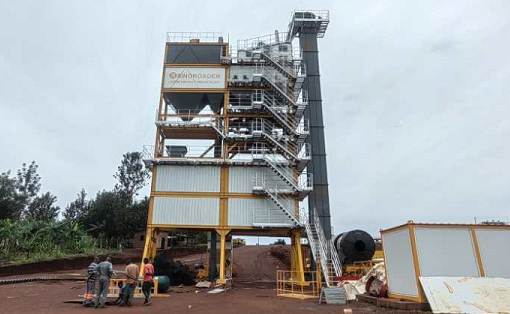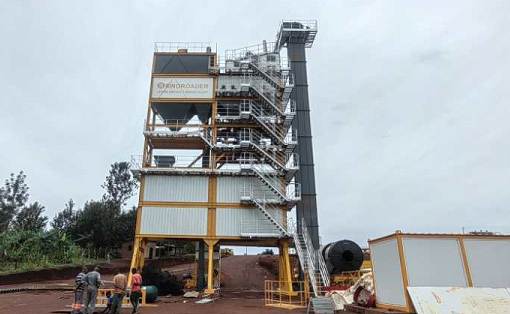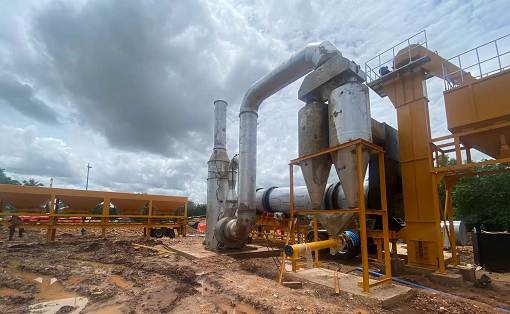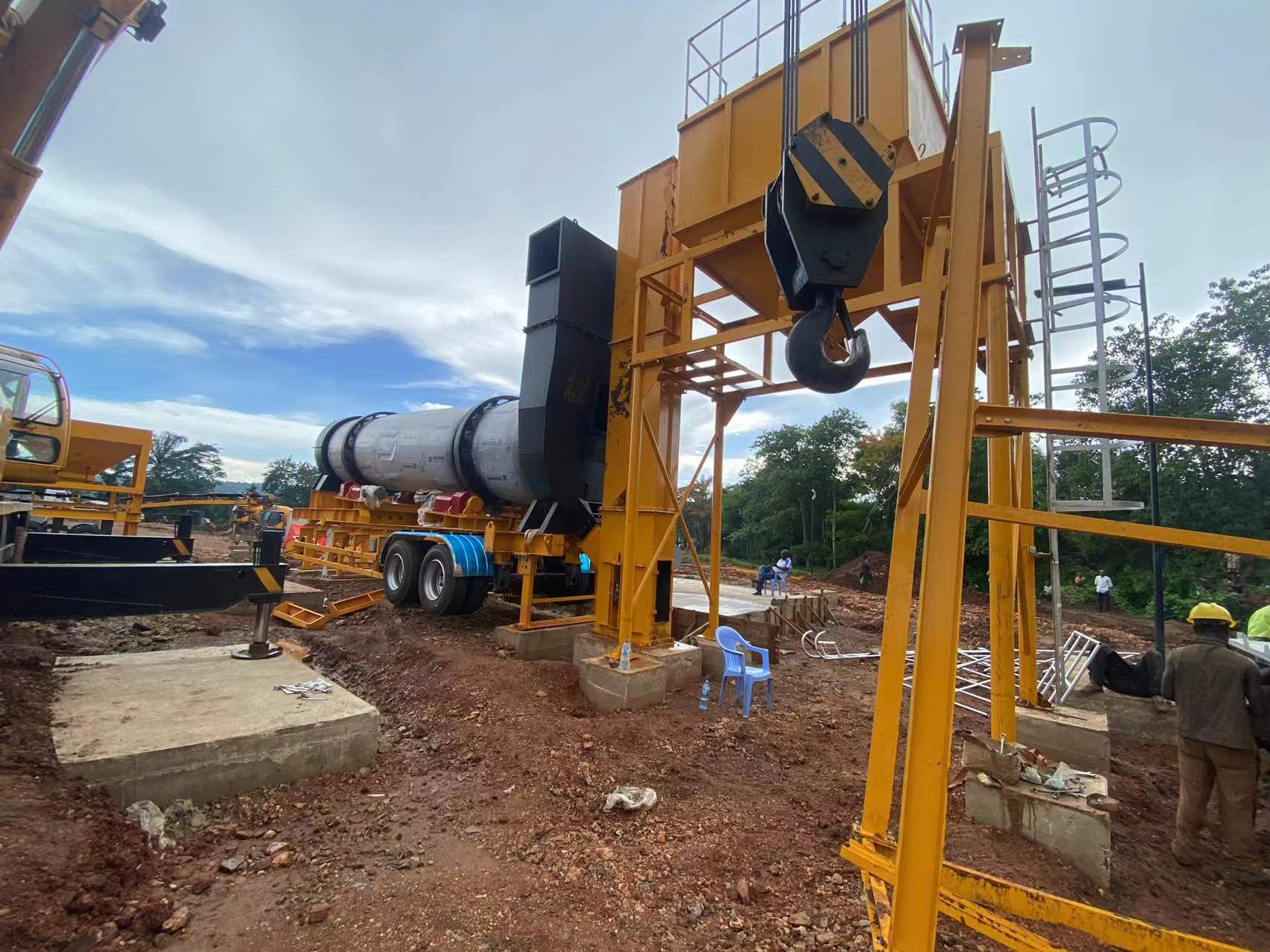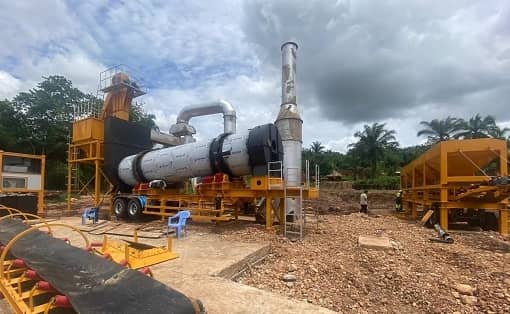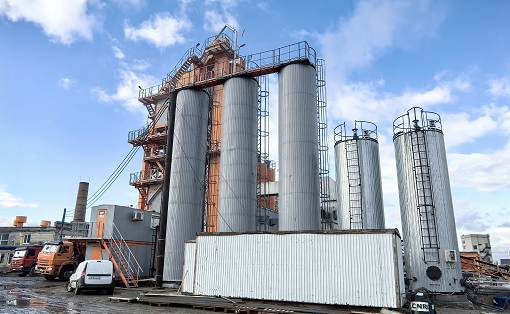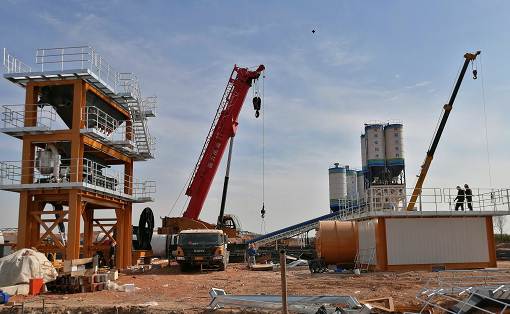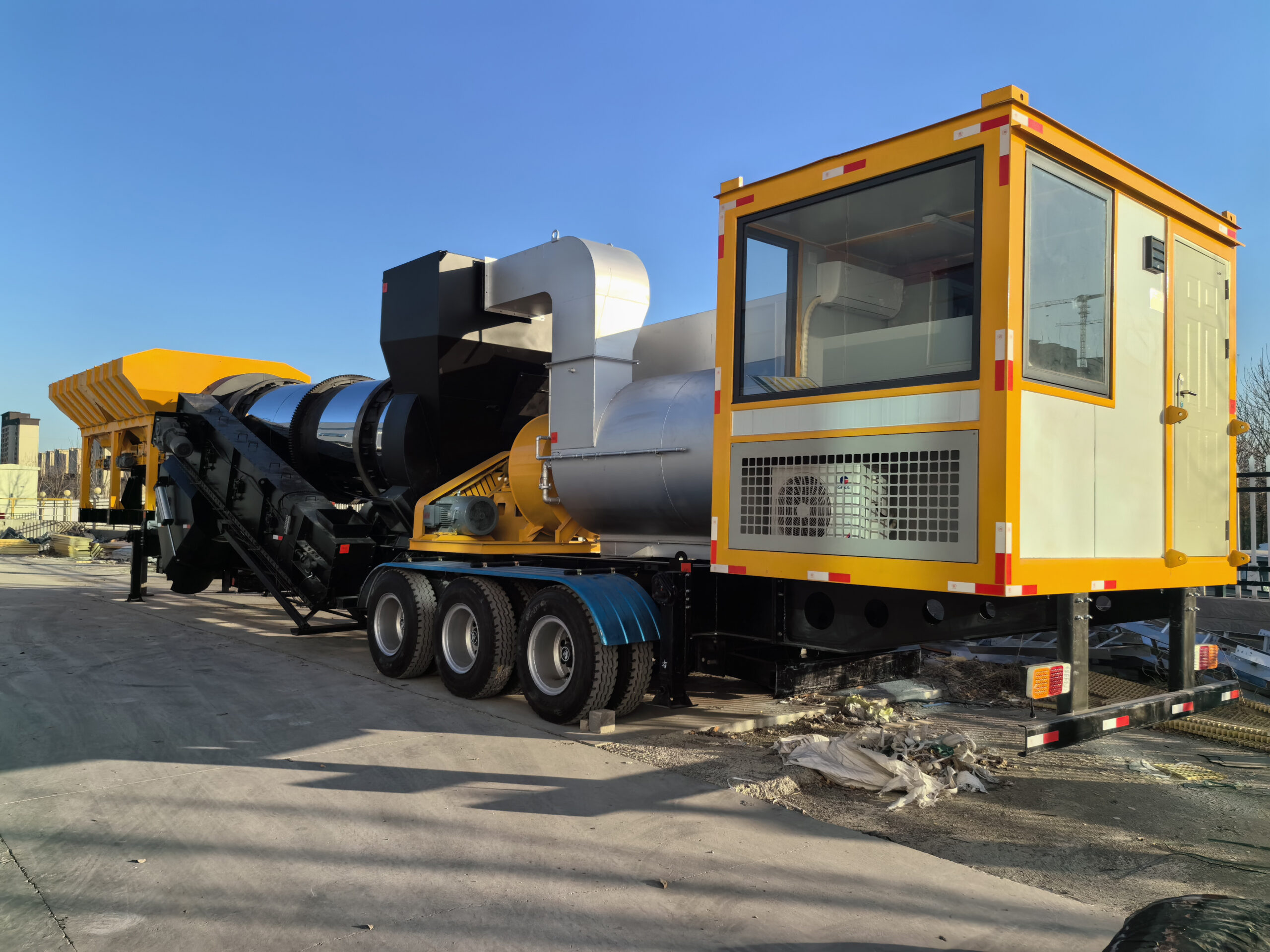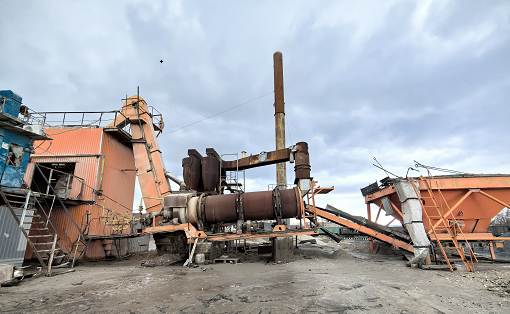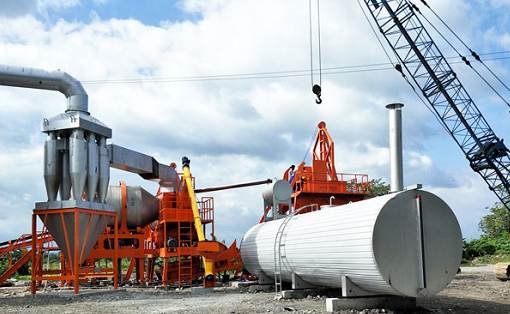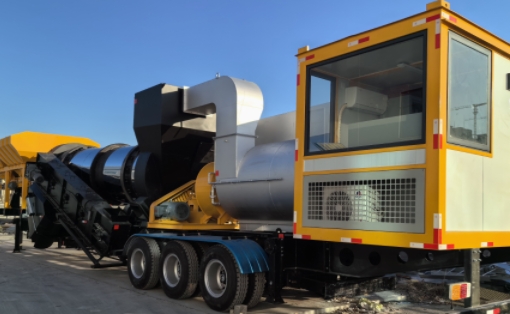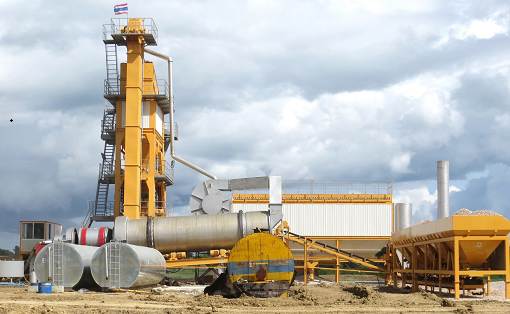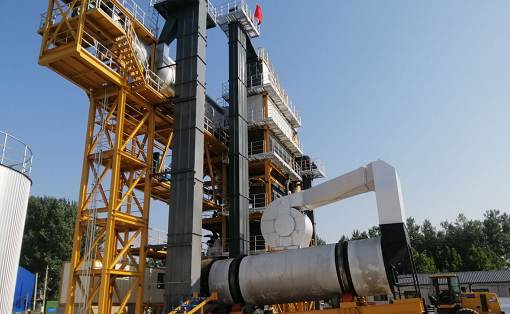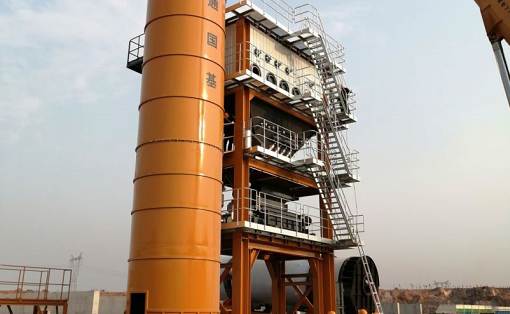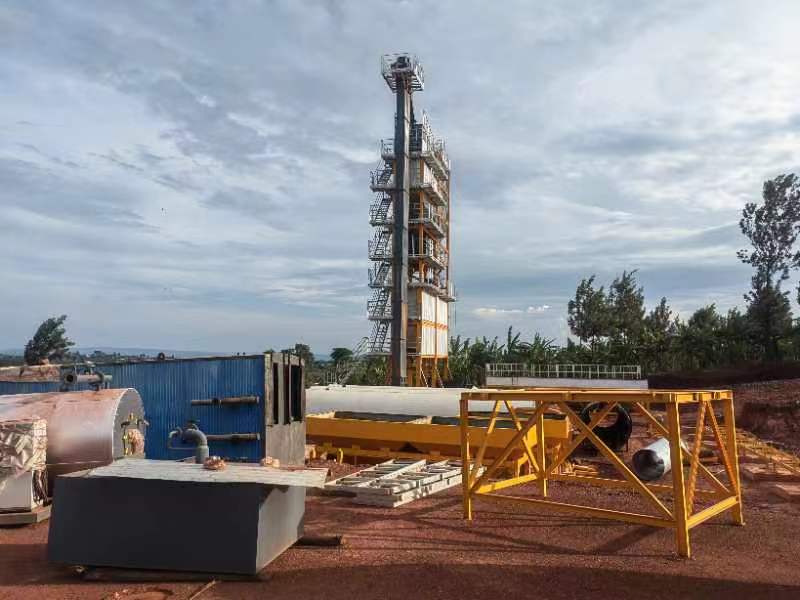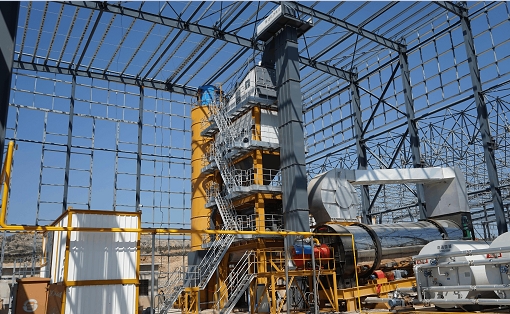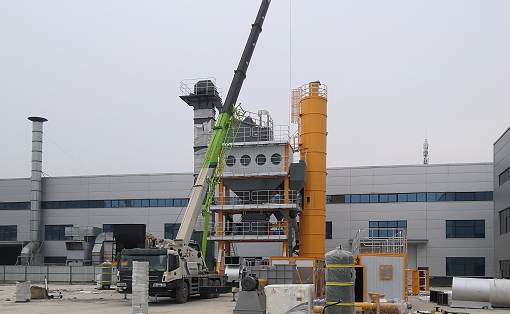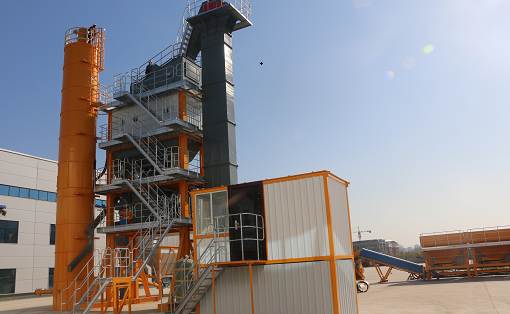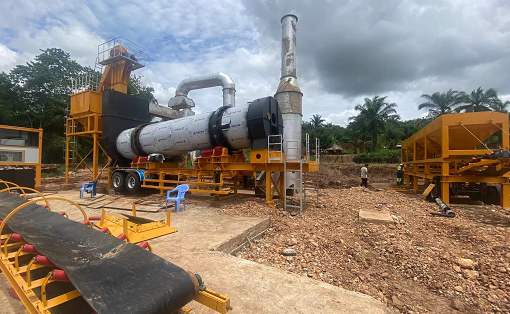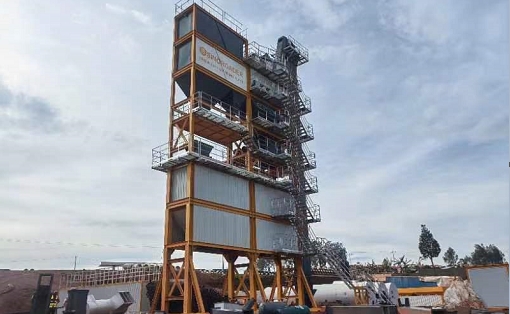The production of asphalt concrete aggregate is inseparable from asphalt mixing plant?
Asphalt concrete, as the name implies, is a composite material formed by combining asphalt and concrete. Its main components usually include three categories, aggregate, filler and asphalt. Aggregate, as the basic skeleton of asphalt concrete, is mainly composed of crushed stones of different sizes. These crushed stones are carefully selected and proportioned to ensure the strength and stability of asphalt concrete. Filler usually refers to fine-grained materials such as stone powder, which are filled between crushed stones to increase density and improve overall strength. Asphalt is a binder that can tightly bond aggregate and filler together to form a solid whole. In the process of producing asphalt concrete, the proportion of various raw materials will be adjusted according to different formulas. These formulas are usually formulated according to the specific requirements of the road and the use environment to ensure that asphalt concrete can meet various complex road conditions. The place where this composite material is produced is a special asphalt mixing plant. This is an asphalt concrete mixing plant. The large trucks that we see every day to transport asphalt concrete come out from here. In the asphalt mixing plant, the entire production process is finely divided into multiple steps.
First, workers use loaders to deliver aggregates into cold silos. Cold silos are usually divided into several different chambers according to the size of aggregate particles, and each chamber corresponds to aggregates of different specifications. In this way, in the subsequent mixing process, the proportion of various aggregates can be accurately adjusted according to customer needs.
Next, these aggregates will be sent to the drying drum through a vibrating feeder and a belt conveyor. In the drying drum, the aggregates will be heated to a specified temperature by the high-temperature heat source provided by the burner. During this process, the spiral blades and sheep feed plates inside the drum will ensure that the aggregates are fully heated during rotation and remove the moisture in them. In this way, not only can the bonding strength between aggregates and asphalt be improved, but also the stability and durability of asphalt concrete after paving can be ensured.
Asphalt concrete, as the name implies, is a composite material formed by combining asphalt and concrete. Its main components usually include three categories, aggregate, filler and asphalt. Aggregate, as the basic skeleton of asphalt concrete, is mainly composed of crushed stones of different sizes. These crushed stones are carefully selected and proportioned to ensure the strength and stability of asphalt concrete. Filler usually refers to fine-grained materials such as stone powder, which are filled between crushed stones to increase density and improve overall strength. Asphalt is a binder that can tightly bond aggregate and filler together to form a solid whole. In the process of producing asphalt concrete, the proportion of various raw materials will be adjusted according to different formulas. These formulas are usually formulated according to the specific requirements of the road and the use environment to ensure that asphalt concrete can meet various complex road conditions. The place where this composite material is produced is a special asphalt mixing plant. This is an asphalt concrete mixing plant. The large trucks that we see every day to transport asphalt concrete come out from here. In the asphalt mixing plant, the entire production process is finely divided into multiple steps.
First, workers use loaders to deliver aggregates into cold silos. Cold silos are usually divided into several different chambers according to the size of aggregate particles, and each chamber corresponds to aggregates of different specifications. In this way, in the subsequent mixing process, the proportion of various aggregates can be accurately adjusted according to customer needs.
Next, these aggregates will be sent to the drying drum through a vibrating feeder and a belt conveyor. In the drying drum, the aggregates will be heated to a specified temperature by the high-temperature heat source provided by the burner. During this process, the spiral blades and sheep feed plates inside the drum will ensure that the aggregates are fully heated during rotation and remove the moisture in them. In this way, not only can the bonding strength between aggregates and asphalt be improved, but also the stability and durability of asphalt concrete after paving can be ensured.
After drying and heating, the aggregates will be sent to the high point of the mixing tower by an elevator and slide onto the sand classifier through a chute. Here, the heated aggregates will be graded by a vibrating screen and stored in different hot silos according to the particle size. Each hot silo corresponds to a specification of grain, so that accurate batching can be achieved in the subsequent mixing process.
At the same time, the filler is also stored in the filler silo next to it waiting to be mixed. Asphalt, as one of the key materials in the entire production process, needs to maintain a certain temperature to maintain its fluidity. Therefore, in the asphalt mixing plant, a heating tank or a heat transfer oil system is usually equipped to ensure that the temperature of the asphalt is constant between 140 degrees Celsius and 180 degrees Celsius.
When all the raw materials are ready, the most important mixing stage begins. In this stage, each material has a corresponding metering scale to accurately measure according to its formula. First, hot grains of various specifications will be entered into the aggregate scale from the silo according to the formula ratio. At the same time, the filler will also enter the filler scale from the filler silo for metering. Similarly, asphalt will be weighed according to its formula ratio.
When all the raw materials are metered, they will be sent to the mixing tank in turn for mixing. The mixing wall and blades in the mixing tank will rotate at high speed to fully mix the various raw materials together. In this process, the mixing time and temperature need to be strictly controlled to ensure the uniformity and quality of the mixture.
After sufficient mixing, the mixed asphalt mixture will be sent to the storage bin through the hot material elevator. Storage silos are usually insulated to prevent the mixture from cooling down, thus ensuring its stability and quality during transportation and paving.
Finally, these carefully made and strictly inspected asphalt mixtures will be loaded onto transport vehicles and transported to the construction site. At the construction site, these mixtures will be evenly laid on the road and compacted and shaped by equipment such as rollers. After this series of treatments, a solid, durable and smooth road will appear before people’s eyes.



